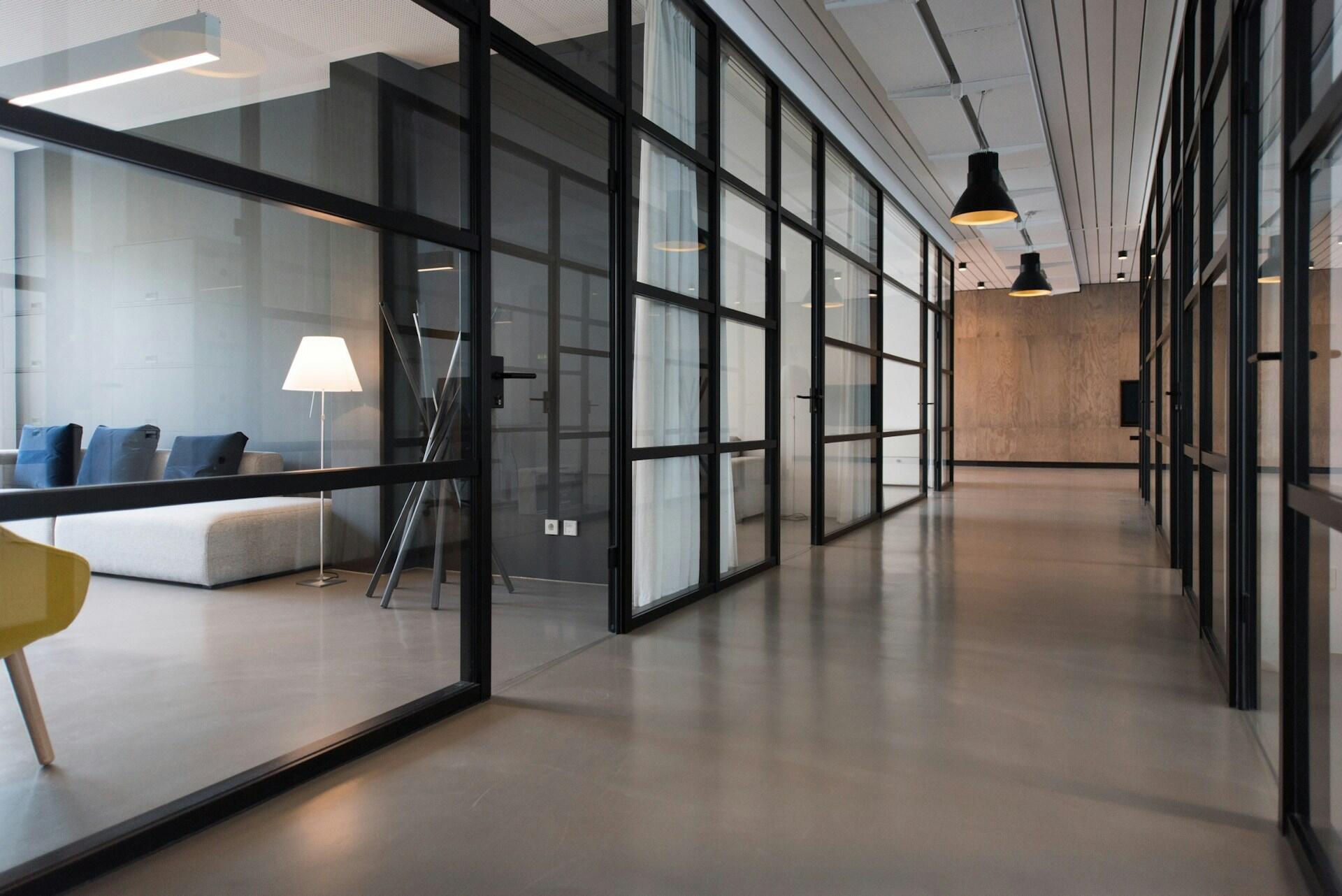In the long term, retail stocks and retail property can be rewarding investments if chosen wisely. The decision between investing in retail stocks or retail property depends on individual investment goals, risk tolerance, and time horizon.
Investors seeking liquidity and growth potential may prefer retail stocks, while those looking for stable income and long-term capital appreciation might lean towards retail properties.
A balanced portfolio that includes both stocks and property can provide diversification benefits and mitigate risks associated with any single investment class.

Investing in retail and commercial property in Australia
Retail property investments can offer stable and predictable income through rental yields, which are particularly appealing in a low-interest-rate environment.
Properties like shopping centres or standalone stores can provide long-term leases, offering steady cash flow.
The value of retail property can also appreciate over time, potentially providing capital gains.
Retail property investments require significant capital outlay and can be illiquid, making them harder to sell quickly.
They are also subject to risks such as economic downturns, consumer behaviour changes, and retail sector health.
Managing properties can be time-consuming and involve tenant issues and maintenance.
Some top retail property stocks on the ASX by market capitalisation are:
Goodman Group (GMG) $72.84 billion
Scentre Group (SCG) $19.35 billion
Unibail-Rodamco-Westfield CDI (URW) $17.5 billion
Stockland Corporation (SGP) $12.53 billion
Vicinity Centres (VCX) $10.02 billion
The GPT Group (GPT) $9.08 billion
Mirvac Group (MGR) $8.82 billion
These companies are major players in the Australian retail property market, owning and managing a range of shopping centres and retail assets across the country.
Retail properties can benefit from urbanisation, population growth, and infrastructure improvements, which enhance property values and rental income. Diversifying across both asset classes can balance risks and maximise returns.
Commercial real estate investments in Australia are lucrative. The most profitable types include:
- Office spaces: High demand from businesses, especially in prime locations like central business districts (CBDs) and business parks.
- Retail properties: Shopping centres and standalone supermarkets have resilient niche demand. Well-located strip retail also offers opportunities.
- Industrial properties: Warehouses and distribution centres benefit from e-commerce growth.
For retail investments, shopping centres and standalone supermarkets are particularly strong performers due to consistent demand. Large format retail and well-located strip retail can also be very profitable.
Regarding the most profitable property type, it often depends on your investment goals and market conditions.
Commercial properties tend to yield higher returns than residential properties. However, residential properties can offer strong capital growth, especially in up-and-coming areas or those undergoing gentrification.
Australia's office space market has experienced some interesting trends recently. Here's a summary of the current situation and how it compares to last year and the global market.

Market overview (2024)
Vacancy rates: The national vacancy rate in Australia edged up to 14.8% in December 2023, compared to 13.4% a year ago. CBD vacancy rates are slightly lower at 13.5%, while non-CBD areas are higher at 17.9%.
Sales volumes: Sales volumes improved in Q2 2024 as buyer sentiment stabilised with interest rates.
Rental growth: Rental growth continues, especially in premium office spaces. However, incentives remain high due to new supply in some markets.
Demand: Office demand returned to positive territory in H1 2024 with net absorption of 51,900 sqm. This is a significant improvement from the negative absorption of 184,000 sqm in H2 2023.
Comparison with 2023
Vacancy rates: The increase in vacancy rates from 13.4% to 14.8% indicates a slight decline in occupancy.
Sales volumes: Improved sales volumes in 2024 compared to a more subdued market in 2023.
Rental growth: Continued rental growth, though slower than in 2023.

Trends for 2025
Economic growth: Stronger than expected economic growth is anticipated, which should support occupier market conditions.
Investment: Slowing inflation and potential rate cuts in 2025 are expected to enhance overall sentiment and investment.
Market recovery: A rebound in investment markets is expected, with a focus on deploying capital to drive returns through targeted income growth strategies.
Global comparison
Global office market: The global office market is also seeing a structural shift, with major CBD vacancies ranging from 9.5% to 18%. The office sector is undergoing significant changes, with a focus on prime office assets.
Regional differences: Australia's vacancy rates are relatively high compared to some global markets, but similar trends of increased demand for premium office spaces are observed worldwide.
Overall, while Australia's office space market faces challenges, there are positive signs of recovery and growth. This is especially true in premium office spaces and key CBD markets. The global market is also experiencing similar trends, with a focus on prime office assets and structural shifts in office space demand.

Where the money is - The big hitters
Some top retail companies on the ASX by market capitalisation are:
Wesfarmers Limited (WES) $82.67 billion
Aristocrat Leisure Limited (ALL) $42.78 billion
Transurban Group (TCL) $39.606 billion
Woolworths Group Limited (WOW) $36.95 billion
REA Group Limited $33.04 billion
QBE Insurance Group Limited $29.68 billion
Xero Limited $27.01 billion
JB Hi-Fi Limited (JBH) $9.95 billion
Harvey Norman Holdings Limited (HVN) $6.12 billion
These companies represent some of the largest and most influential retail entities in Australia.
From an economic perspective, certain retail sectors in Australia have shown strong performance and resilience. Here are some of the best-performing types:
- Supermarkets and grocery stores: Retail giants like Woolworths and Coles continue to perform well due to consistent consumer demand for essential goods.
- Electronics and appliances: Stores like JB Hi-Fi and Harvey Norman benefit from ongoing demand for electronics, home appliances, and technology.
- Discount department stores: Retailers such as Kmart and Big W attract customers with their affordable pricing and wide range of products.
- Furniture and homewares: IKEA and other furniture retailers see strong sales as consumers invest in home improvement and furnishings.
- Health and beauty: Specialty stores like MECCA and pharmacies have loyal customers and steady sales.
- Clothing and footwear: Despite economic challenges, clothing and footwear retailers have seen modest growth, driven by consumer spending on essential and fashionable items.
These sectors have managed to navigate economic pressures and maintain strong sales, making them some of the most lucrative retail investments in Australia.

Investing in retail stocks in Australia
Investing in retail stocks can offer substantial growth potential, especially if you choose companies with strong market positions and consistent earnings.
Stocks can provide capital appreciation and, in many cases, dividends, which contribute to overall returns.
Stocks can be easily bought or sold, providing flexibility for investors.
However, retail stocks are subject to market volatility, and their value can fluctuate significantly based on market sentiment, economic conditions, and company performance.
Poor management decisions, consumer behaviour shifts, or competitive pressures can all negatively impact stock prices.
When comparing returns, retail stocks typically offer higher growth potential but come with higher volatility.
The stock market's daily fluctuations can lead to substantial short-term gains or losses, and retail companies' performance can be influenced by various external factors, including competition, innovation, and regulatory changes.
Retail property investments provide more stable and predictable returns through rental income.
However, they are less liquid and can be affected by local economic conditions, tenant stability, and property management challenges.
Retail stocks can benefit from technological advancements, consumer preferences changes, and successful business strategies, leading to substantial capital appreciation.

Which is Riskier?
Retail stocks and retail property have their own risks, but they differ:
Retail Stocks: More susceptible to market volatility and economic downturns.
Retail Property: More sensitive to consumer spending, economic conditions, and vacancy rates.
In the 2023–24 financial year, 11,053 companies entered external administration for the first time, according to ASIC's insolvency data.
Despite being slightly higher than the peaks seen in 2011-12 and 2012-13, this is proportionately smaller since the number of Australian companies has grown from two million in 2012 to 3.4 million today.
There were 39% more external administrations in 2023–24 than in 2022–23.
Ultimately, the riskier option depends on your risk tolerance, investment goals, and time horizon. Investing in both asset types might be a good way to create a balanced portfolio.
Disclaimer: This article provides general information and does not constitute financial advice. Always consult a professional advisor before making investment decisions.
